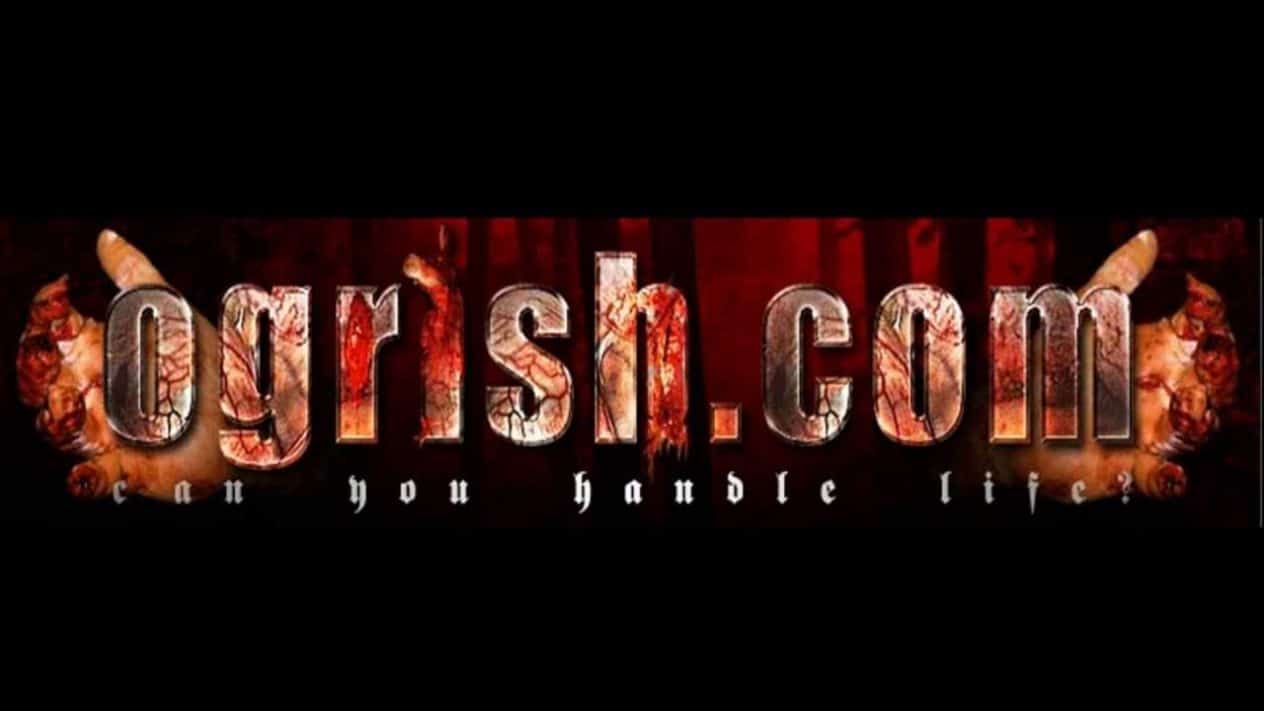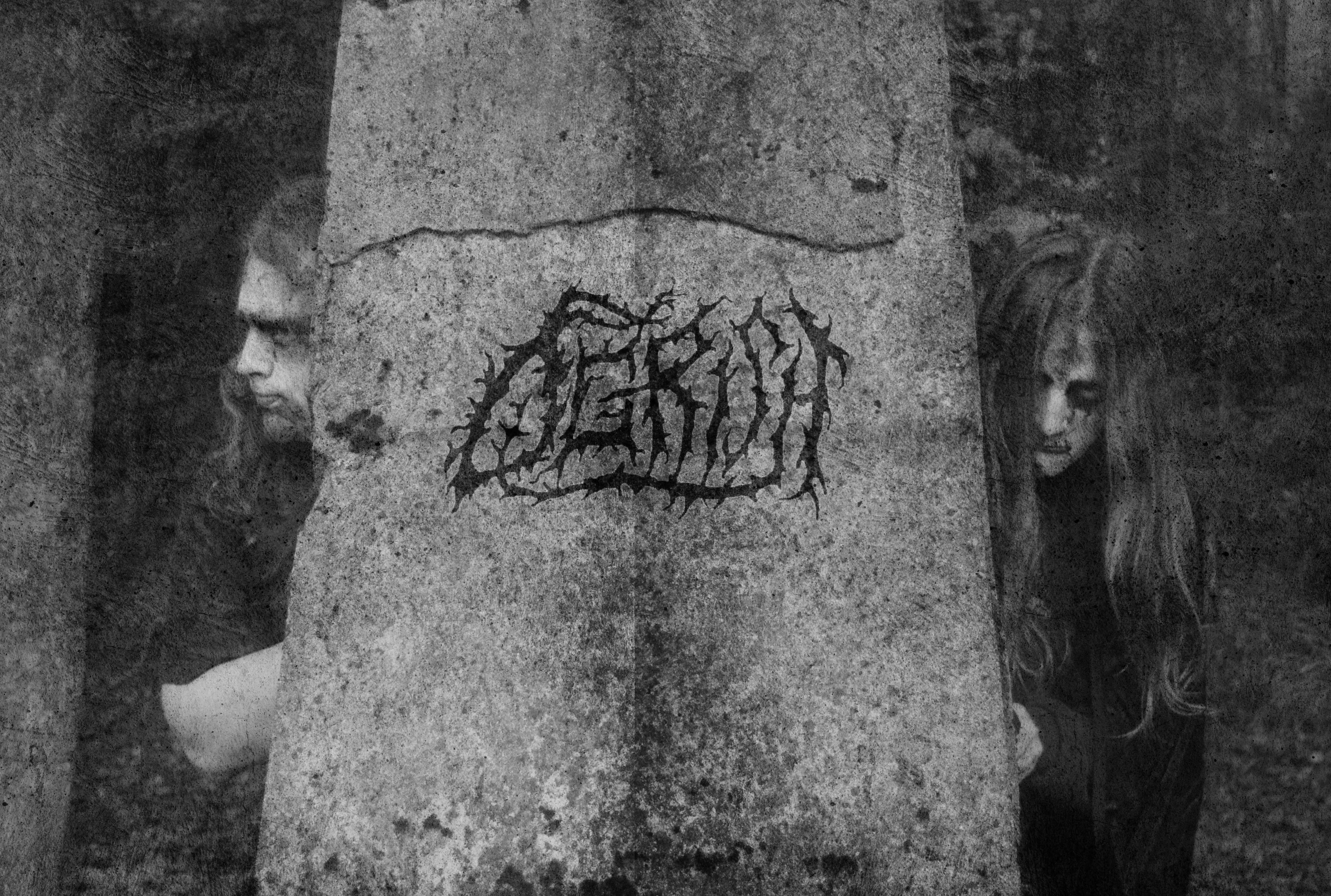Ogrish & Gore: Uncensored Reality? Viewer Discretion Advised!
Does the human fascination with the macabre reveal a deeper truth about our nature? The persistent online presence of sites dedicated to graphic violence and real-life tragedies, despite ethical concerns and censorship, suggests that the appetite for such content is far from satiated.
The internet, a vast and often chaotic landscape, has become a repository for all manner of human experience, including the darkest corners of reality. This digital realm hosts a peculiar subculture: communities dedicated to the documentation and dissemination of graphic content, ranging from true crime and accidents to war zones and executions. These platforms, often operating in the shadows of the mainstream web, provide a chilling glimpse into the realities of violence and suffering.
One of the most infamous examples of such platforms was the website Ogrish, a shock site that emerged in the early days of the internet. Ogrish gained notoriety for its uncensored presentation of graphic imagery and video, frequently featuring content related to war, accidents, and executions. The site's very existence raised questions about the ethics of online content and the motivations of those who consumed it.
| Feature | Details |
|---|---|
| Name | Ogrish.com |
| Type | Shock Site |
| Content | Graphic images and videos of war, accidents, and executions |
| Focus | Uncensored news coverage |
| Years Active | Early 2000s - Early 2010s |
| Successor Sites | Liveleak.com, Goregrish.com |
| Notable Incident | Coverage of the September 11 attacks |
| Controversy | Depiction of graphic content without censorship |
Source: Wikipedia
The evolution of Ogrish highlights the internet's dynamic nature. The site eventually transitioned to Ogrishforum, a forum-based platform, and even after its sale, the essence of the community remained. The domain www.ogrish.com now redirects to Liveleak, a platform that inherited a similar ethos, albeit with its own set of challenges and controversies. The forums, however, continued to exist for some time, even after the sale.
Its important to acknowledge the disturbing nature of the subject matter. The content these platforms traffic in can be profoundly disturbing, and viewer discretion is always advised. The graphic nature of the materials, which often include scenes of death, injury, and real-life trauma, can be extremely upsetting and have a lasting impact on viewers. The existence of such content raises difficult ethical questions about freedom of speech, the right to privacy, and the responsibility of online platforms.
The community surrounding these platforms is diverse, consisting of individuals with varying motivations. Some are driven by a morbid curiosity about the darker aspects of human existence. Others seek a sense of community, finding solace in shared experiences and discussions. Still others may be drawn to the perceived "reality" of the content, viewing it as a stark depiction of the world, unfiltered by media manipulation.
The "mondogore" community, with its 29,000 subscribers, is a testament to the enduring interest in shockumentary films, such as the controversial "Mondo Cane." These films, known for their graphic depiction of violence, exotic cultures, and disturbing events, are a significant part of this subculture. The community's engagement underscores the enduring fascination with such content, even as standards and regulations evolve.
The rise and fall of platforms like Liveleak also speaks to the challenges of managing online content. Liveleak, which was founded in 2006, became a haven for videos that were often removed elsewhere due to their graphic nature. However, the site eventually faced its own troubles, including technical issues and a decline in quality, which contributed to its ultimate shutdown.
The memory of Ogrish and similar platforms is preserved in various online spaces, even as they fade from the mainstream. Remnants of the site and its culture persist in forums, subreddits, and other corners of the internet, where discussions about the content and the community continue. These discussions often touch upon the history of the sites, the motivations of users, and the ethical implications of such content.
The legacy of these shock sites, even as they disappear or transform, raises important questions about the internet's role in shaping our understanding of reality. The uncensored nature of the content they present, however disturbing, challenges viewers to confront the uncomfortable truths of life. The sites' existence highlights the tension between freedom of expression and the ethical considerations of online content.
The events of September 11, 2001, served as a stark reminder of the potential for real-world events to become subjects of online fascination. The immediate aftermath of the attacks saw users of sites like Ogrish creating compilations of publicly available footage and images. These compilations, while capturing a historical event, raise complex questions about the line between documenting reality and exploiting tragedy.
Its important to note that the content discussed here can be deeply upsetting. The graphic nature of the material, including images and videos of real gore, means it's not suitable for all audiences. The intention here is not to promote or glorify this content, but to understand the phenomenon and its impact. The focus is to comprehend the complexities of human fascination with graphic violence.
The rise and fall of websites like Ogrish and the subsequent evolution of their communities demonstrate the changing nature of the internet. What began as a haven for uncensored news and graphic content transformed into a complex ecosystem of forums, subreddits, and backup sites. The evolution of these communities reflects society's ongoing struggles with censorship, freedom of speech, and the ethical implications of online content.
The academic study by Sue Tait highlights the enduring popularity of violent and gory content. Her observations of the Ogrish forums reveal deeper insights into the motivations of users and the dynamics of these online communities. Her work has become a vital element of understanding the enduring appeal of such disturbing content.
The world has changed significantly over the past few years, and the internet has undergone a similar transformation. As one user noted, "the world has changed a lot over these last few years, the internet alongside it, and we as people." This recognition reflects both the technical and the cultural shifts that continue to shape the online landscape.
Many would argue that theync.com is one of the best gore sites online. If you visit this place, you might agree. There are many videos that show real brutal executions, suicides, horrible accidents, and a lot more. These sites, despite their controversial nature, play a role in the complex ecosystem of online content, and their presence highlights the persistent fascination with the extremes of human existence.
The shutdown of Liveleak underscores the ever-changing nature of the internet. After 15 years, the site closed its doors, a reminder of the ephemeral quality of online platforms. The departure of such sites, while perhaps welcomed by some, leaves a gap in the online landscape. It also brings attention to the difficulties of managing, regulating, and providing access to controversial content.
The continued existence of platforms dedicated to graphic content, even as censorship efforts intensify, suggests that the appetite for such material is far from diminished. This enduring fascination underscores the need for further discussion on the nature of our interests in graphic material. More research is needed to fully understand the factors that drive this human impulse and the impact that it has on individuals and society.
The "america was attacked" thread from the evening of September 11, 2001 is a significant event. The compilation of images and videos from this event reflects the unique challenges that arise from the collision of real-world tragedy and the digital realm. These compilations offer a chilling look at the way that online communities can both document and exploit difficult events.
The evolution of these websites, from Ogrish to Goregrish, underscores the ongoing nature of this phenomenon. The rise of new platforms shows that the demand for graphic content persists and adapts, despite efforts at censorship and regulation. The persistent presence of these sites and their ability to evolve reflects the deep-rooted nature of human curiosity.
The emergence of "shock sites" like Ogrish, which provided uncensored news coverage and multimedia material, marked a shift in the online landscape. The site, with its focus on war, accidents, and executions, exposed the raw realities of life, often prompting strong reactions. The graphic and uncensored content challenged viewers, raising complex ethical questions about the balance between freedom of expression and the potential harm of such material.
The establishment of Goregrish, which was later renamed, further demonstrates the resilience of this subculture. The evolution reflects the ways that communities adjust to changes in the online environment, including platform shutdowns, censorship efforts, and changes in public opinion. It emphasizes the need to understand the motivations driving the online consumption and sharing of graphic content.
The actions of the founder of Liveleak, Hayden Hewitt, who made the decision not to host the Christchurch video, highlights the difficult choices that online platforms face. The decision to avoid sharing graphic material reflects the ethical considerations that content creators must consider. The decision to balance freedom of speech with the prevention of harm is at the heart of the modern debate regarding online content.
The ongoing presence of these communities underscores the complex relationship between human fascination and the darker aspects of the world. The legacy of sites like Ogrish serves as a persistent reminder of the power and the challenges of the internet in the 21st century. This ongoing discussion has the potential to lead to a better understanding of human nature, online behavior, and the impact of technology on society.


